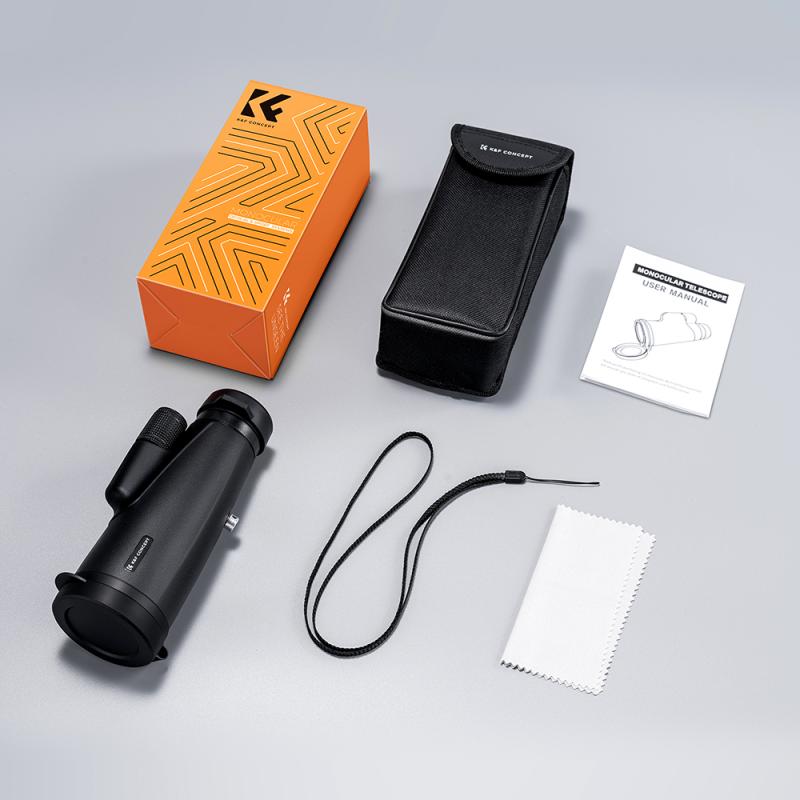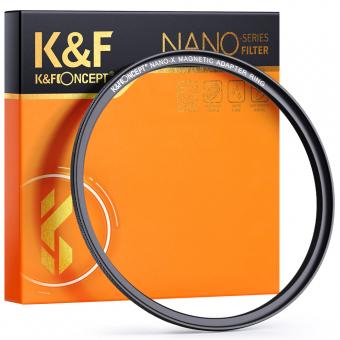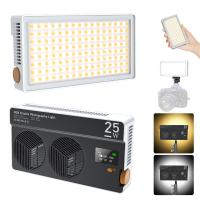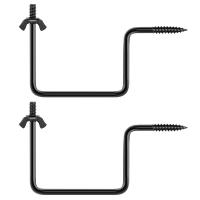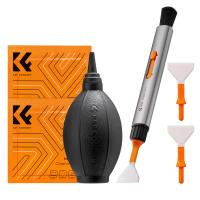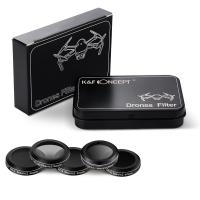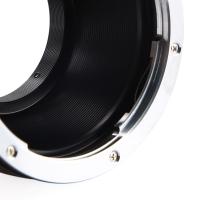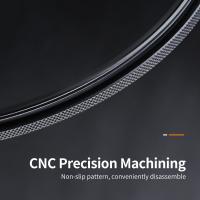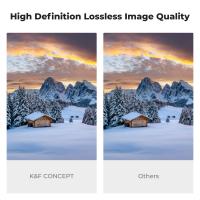Which Is The Best Monocular Telescope ?
The best monocular telescope is subjective and depends on individual preferences and needs. Some popular options include the Vortex Optics Solo Monocular, Celestron Nature DX Monocular, and Nikon Monarch 7 Monocular.
1、 Optical Power and Magnification
Determining the best monocular telescope depends on various factors, including the intended use, optical power, and magnification. While there are several excellent options available, it is essential to consider the specific requirements and preferences of the user.
One highly regarded monocular telescope is the Vortex Optics Solo R/T 8x36 Monocular. With an 8x magnification and a 36mm objective lens, it offers a good balance between power and portability. The Vortex Optics Solo R/T also features high-quality optics, providing clear and sharp images. Additionally, it has a built-in reticle for range estimation, making it ideal for outdoor enthusiasts and hunters.
Another top contender is the Celestron Nature DX 10x42 Monocular. With a higher magnification of 10x and a larger objective lens of 42mm, it offers enhanced image detail and brightness. The Celestron Nature DX is also waterproof and fog-proof, making it suitable for various outdoor activities such as birdwatching and hiking.
For those seeking the latest advancements in monocular technology, the Leica Monovid 8x20 Monocular is worth considering. Despite its compact size, it delivers exceptional optical performance and boasts an impressive close focus distance of 1.8 meters. The Leica Monovid also features a waterproof and fog-proof design, ensuring durability in challenging conditions.
Ultimately, the best monocular telescope depends on individual preferences and requirements. It is crucial to consider factors such as optical power, magnification, durability, and intended use. Consulting expert reviews and trying out different models in person can help determine the most suitable option for each individual.
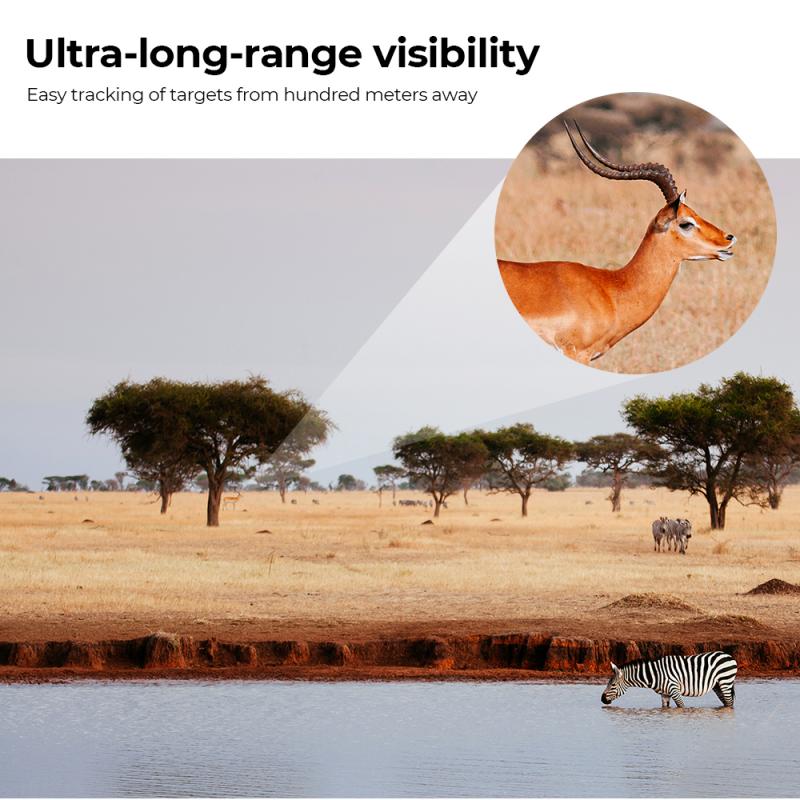
2、 Lens Quality and Coating
When it comes to choosing the best monocular telescope, lens quality and coating are two crucial factors to consider. The lens quality determines the clarity, sharpness, and brightness of the image, while the coating enhances light transmission and reduces glare and reflections.
In terms of lens quality, the best monocular telescopes typically feature high-quality glass lenses that are multi-coated or fully multi-coated. These coatings help to minimize light loss and improve image quality by reducing chromatic aberration and increasing contrast. The use of high-quality glass also ensures minimal distortion and maximum light transmission, resulting in clear and sharp images.
One popular monocular telescope known for its exceptional lens quality is the Vortex Optics Solo R/T Tactical Monocular. It features premium glass lenses with multiple anti-reflective coatings, providing excellent image quality even in low-light conditions. The lenses are also protected with ArmorTek coating, which repels oil, dirt, and scratches, ensuring long-lasting performance.
Another highly regarded monocular telescope is the Celestron Nature DX Monocular. It boasts high-quality BaK-4 prisms and fully multi-coated lenses, delivering bright and sharp images. The lenses are also nitrogen-filled and sealed, making them waterproof and fog-proof, ideal for outdoor use.
It is important to note that the best monocular telescope for lens quality and coating may vary depending on individual preferences and specific needs. It is recommended to read reviews, compare specifications, and consider the latest advancements in lens technology to make an informed decision.

3、 Field of View and Exit Pupil
When it comes to determining the best monocular telescope, two important factors to consider are the Field of View (FOV) and the Exit Pupil. These factors play a crucial role in determining the overall performance and user experience of a monocular telescope.
The Field of View refers to the width of the observable area when looking through the monocular. A wider FOV allows for a larger area to be seen at once, making it easier to locate and track objects. A narrower FOV, on the other hand, may require more effort to scan the surroundings. Therefore, a monocular telescope with a wider FOV is generally considered better.
The Exit Pupil is the diameter of the beam of light that enters the eye. It determines the brightness of the image seen through the monocular. A larger Exit Pupil allows more light to enter the eye, resulting in a brighter image, especially in low-light conditions. A smaller Exit Pupil may result in a dimmer image. Therefore, a monocular telescope with a larger Exit Pupil is generally preferred.
In terms of the latest point of view, advancements in technology have led to the development of monocular telescopes with improved FOV and Exit Pupil. Manufacturers are now incorporating wider FOV lenses and larger Exit Pupils in their designs to enhance the viewing experience. Additionally, some monocular telescopes also offer adjustable FOV and Exit Pupil settings, allowing users to customize their viewing preferences.
Ultimately, the best monocular telescope in terms of FOV and Exit Pupil will depend on individual preferences and specific use cases. It is recommended to try out different models and consider factors such as magnification power, lens quality, and overall build to make an informed decision.
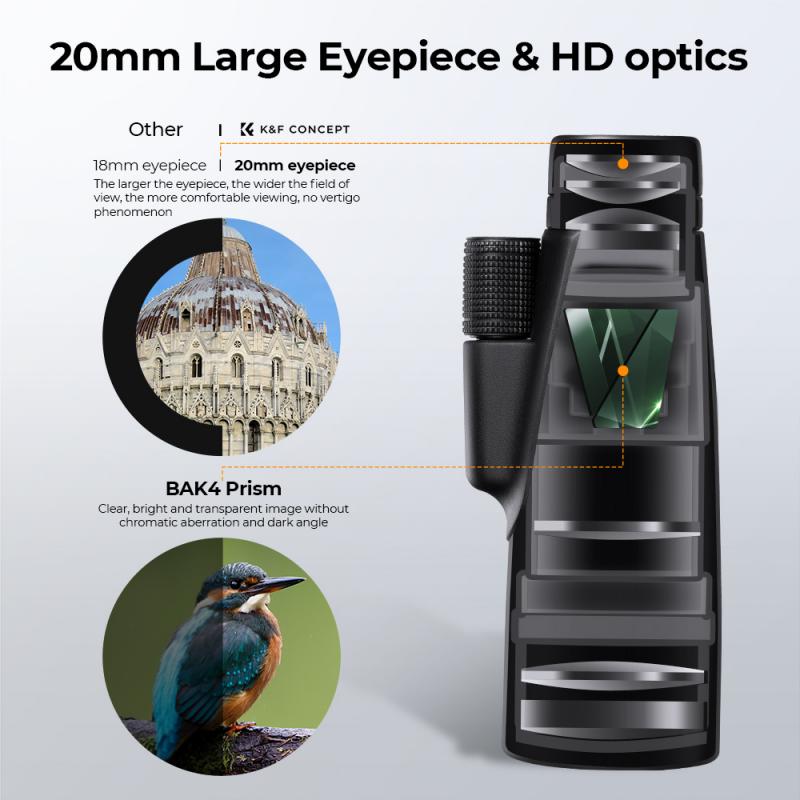
4、 Focus and Image Clarity
When it comes to monocular telescopes, determining the best one depends on various factors, including focus and image clarity. These two aspects are crucial in ensuring a satisfying viewing experience. While there are several excellent options available on the market, one monocular telescope that stands out in terms of focus and image clarity is the Vortex Optics Solo R/T 8x36 Monocular.
The Vortex Optics Solo R/T 8x36 Monocular is renowned for its exceptional focus capabilities. It features a focus wheel that allows for quick and precise adjustments, ensuring that you can easily bring your subject into sharp focus. This is particularly important when observing distant objects or wildlife, as it enables you to capture fine details with clarity.
In terms of image clarity, the Vortex Optics Solo R/T 8x36 Monocular excels due to its high-quality optics. It boasts fully multi-coated lenses that enhance light transmission, resulting in bright and clear images. Additionally, the monocular is equipped with a roof prism system that minimizes light loss and ensures optimal image quality.
Furthermore, the Vortex Optics Solo R/T 8x36 Monocular incorporates the latest advancements in technology to enhance the viewing experience. It features a built-in reticle that aids in range estimation and target size determination, making it a popular choice among hunters and outdoor enthusiasts.
It is important to note that the best monocular telescope for focus and image clarity may vary depending on individual preferences and specific use cases. Therefore, it is recommended to consider factors such as magnification power, lens quality, and additional features before making a final decision.
